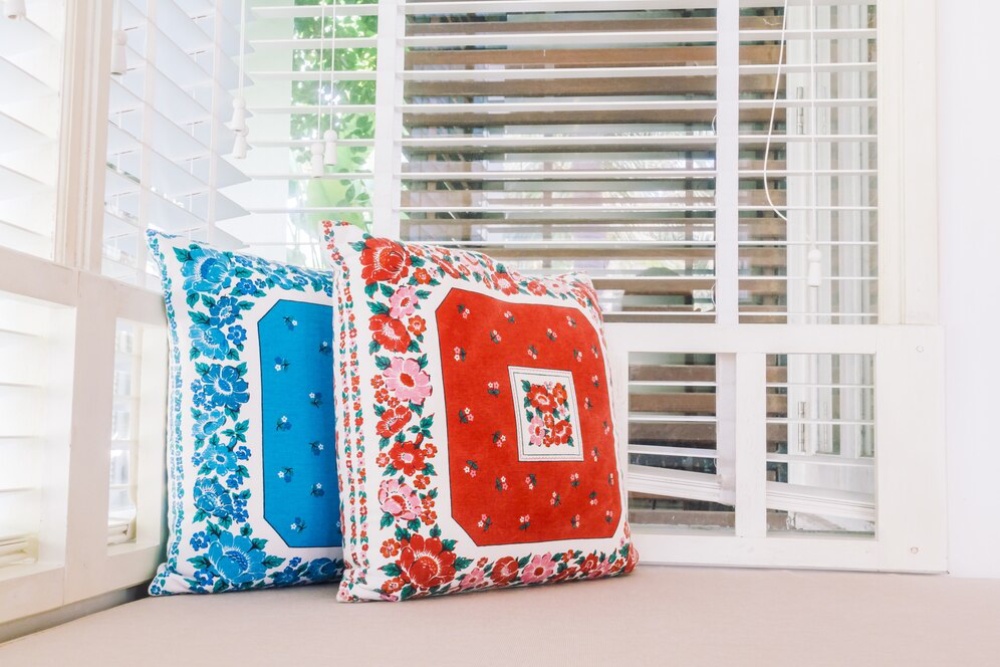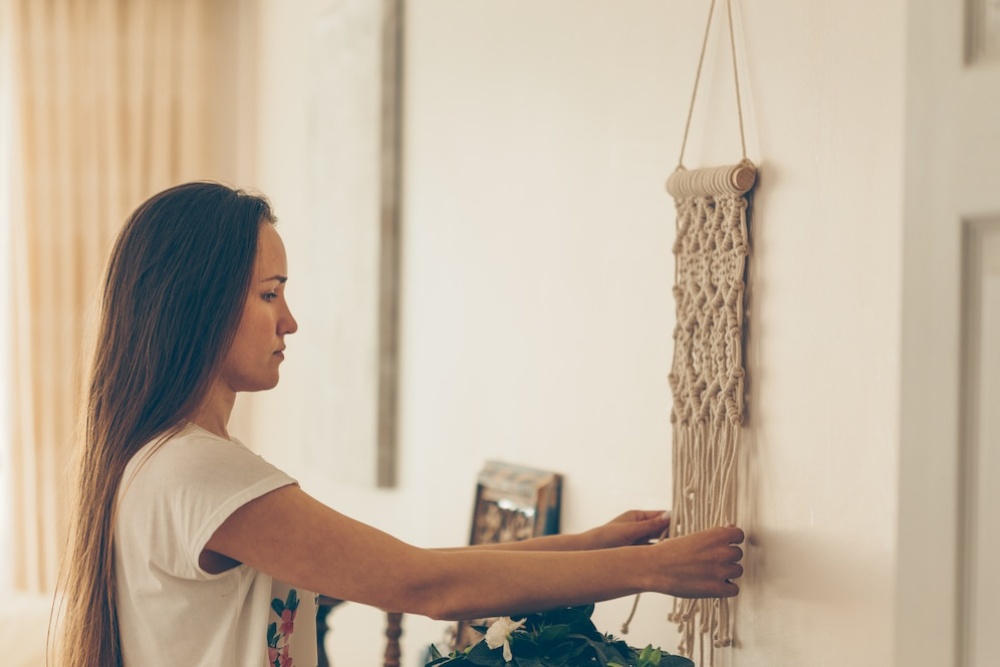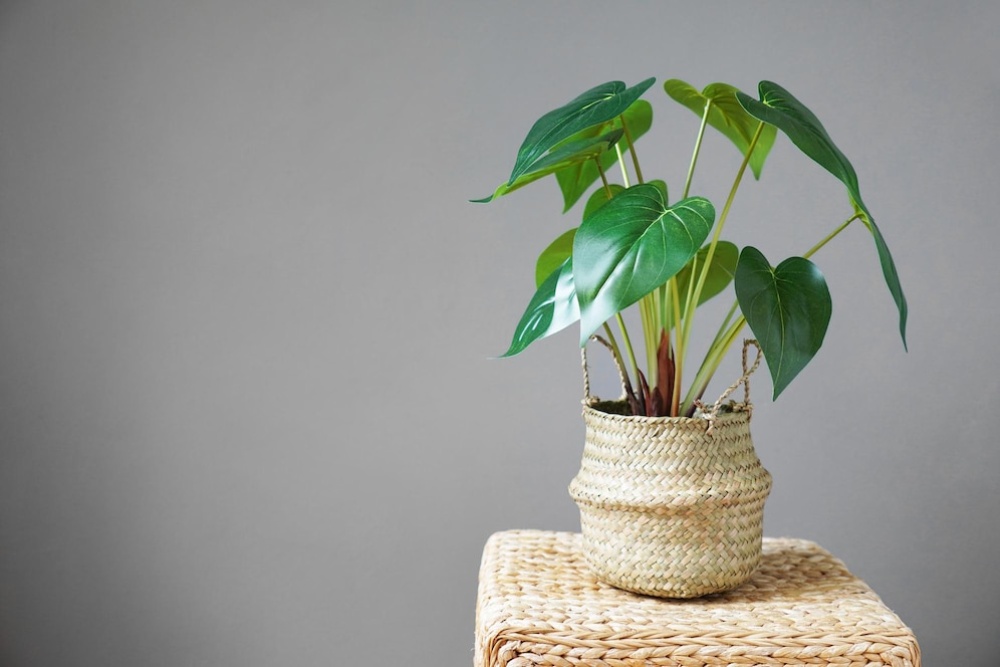The Interior Design Blog

Upcycling Fabric Scraps into Stylish Home Accessories
Have you ever opened your sewing drawer to see it full of leftover fabric pieces? These colourful leftovers that often go to waste have more potential than we think. This makes fabric scrap projects increasingly popular. People are concentrating on sustainability and conscious consumerism. These tiny antiques can be transformed into adorable and helpful decor for your humble abode.
Upcycling is also a sustainable choice, not just a fashionable trend. Cut waste, get creative, and give your space a personal touch with leftover textiles in your decor. In this post, we’ll show you how to turn those scraps into DIY home accessories that reflect your style and eco-friendly spirit. Whether you’re an expert or starting with upcycled textiles, there’s inspiration for everyone.
Why Upcycle Fabric Scraps?
Environmental Benefits
The UK sends about 350,000 tonnes of clothing and textiles each year to landfills. Upcycling provides a creative solution to this waste problem.
By repurposing even small bits of fabric, you:
- Reduce landfill waste
- Decrease the need for new textile production
- Save water and energy used in manufacturing
It’s a small step for you but a significant impact on the planet.
Cost Savings
Home decor can be costly. Why spend a lot when you can make beautiful accessories from materials you already have? Upcycling makes it easier to refresh your space on a tight budget.
Creative Expression
Fabric scraps come in many textures, patterns, and colours. When combined, they create unique items that show off your style. Plus, seeing your creations in your home is deeply satisfying.
Essential Tools & Materials for Fabric Scrap Projects
Before diving into ideas, gather a basic crafting kit:
- Fabric scraps in various sizes
- Sewing machine or needle and thread
- Fabric scissors and rotary cutter
- Pins or clips
- Iron and ironing board
- Fusible interfacing (optional for stability)
- Measuring tape or ruler
- Stuffing or wadding (for cushions, draft stoppers, etc.)
Optional but helpful:
- Embroidery floss
- Fabric glue
- Buttons, beads, and trims
- Pinking shears (for decorative edges)
Project Ideas: Transforming Scraps into Statement Pieces
1. Patchwork Cushion Covers

Patchwork cushion covers are a popular choice for upcycles. They’re functional and forgiving. Mix and match fabrics by colour or theme for a cohesive look.
Tips:
- Use similar fabric weights for even seams
- Add a zip or envelope closure for easy removal
- Quilt the front panel for extra texture
2. Fabric Bunting
Festive and fun, fabric bunting adds charm to rooms and gardens. It’s a great way to use small, triangular scraps.
Steps:
- Cut triangles or pennants using pinking shears
- Stitch onto bias tape or ribbon
- Space evenly and press with an iron for a crisp finish
3. Coasters and Placemats
Protect surfaces with quilted coasters or placemats from bright fabric scraps. These are quick to sew and make great handmade gifts.
Variations:
- Mix patchwork fronts with solid backs
- Add a layer of batting for softness
- Try reversible designs for versatility
4. Fabric Baskets and Storage Bins
Keep your space organised with fabric storage bins from sturdier scraps like canvas or denim.
Key features:
- Reinforced sides with interfacing or quilt batting
- Foldable rims
- Sturdy handles made from webbing or braided fabric strips
These bins are perfect for storing sewing supplies, toys, or potted plants.
5. Upcycled Wall Art

Turn favourite fabric pieces into framed textile art. Stretch fabric over a canvas or embroidery hoop for a stylish display.
Ideas:
- Create geometric patterns with fabric strips
- Showcase embroidered or appliquéd elements
- Mix textures like linen, silk, and cotton for depth
6. Draft Stoppers
Keep drafts out in style with a fabric draft stopper. Use long rectangular scraps and fill them with rice, sand, or wadding.
Custom touches:
- Add a handle for easy moving
- Use themed fabrics for seasonal decor
- Stitch names or quotes for a personalised finish
7. Fabric-Covered Plant Pots

Glue fabric scraps to the surface of plain terracotta pots to transform them. Seal with Mod Podge or decoupage glue to protect the finish.
Style tips:
- Use coordinating colours for grouped pots
- Mix florals and solids for a rustic look
- Line the top rim with jute or twine for contrast
Real-Life Examples and Inspiration
Case Study: The Colourful Cottage Makeover
When blogger Sarah Greaves moved into her 1930s cottage, she had a tight budget and plenty of fabric remnants. Instead of buying new decor, she styled each room using only upcycled textiles. From patchwork stair runners to linen-covered lampshades, her DIY approach saved money and earned her features in design magazines.
“Upcycling my scraps gave each room its character. I love telling people that the curtains in my living room were once my daughter’s baby clothes,” Sarah says.
Community Projects
Many UK community centres and crafting groups host fabric swap days or workshops on upcycled textiles. These events are a great way to:
- Share supplies
- Learn new techniques
- Connect with fellow makers
Check with local councils or libraries for upcoming sessions.
Addressing Common Questions
How do I choose which scraps to use?
Focus on fabrics of similar weight and wash durability. Sort by:
- Colour scheme
- Fibre content (e.g., cotton, linen)
- Pattern size
Add solids or neutrals to balance the visual weight if using multiple patterns.
What if I don’t sew?
No problem! There are many no-sew fabric scrap projects to try, like:
- Fabric-covered notebooks using glue
- Tied rag wreaths
- Iron-on fabric decals
Can I wash upcycled items?
Yes, but always prewash scraps before starting your project. This helps:
- Remove sizing or residue
- Prevent shrinkage
- Ensure colorfastness
Tips for a Successful Upcycling Journey
Start Small
Begin with one project to build confidence. Coasters or bunting are perfect for testing ideas without much time or fabric.
Embrace Imperfection
Handmade doesn’t have to be flawless—the quirks and mismatched seams add charm. Don’t hesitate to mix bold patterns or colours.
Keep a Scrap Inventory
Sort and store scraps by colour or size in labelled bins. This makes planning future projects more manageable and sparks creative ideas.
Repurpose Old Clothes
Outgrown shirts, worn-out jeans, and torn tablecloths can offer plenty of fabric. Look for:
- Buttons and zips to reuse
- Sturdy panels for structural projects
- Embellishments for added flair
Creativity Meets Sustainability
Turning those fabric scraps into something new is no longer just a hobby; it’s making your home more personal and less wasteful. From cushion covers to coasters, each handmade item tells a tale, saves materials, and minimises waste. Whether you’re an expert with a sewing machine or a novice with a glue gun, the only limit is your imagination.
Transforming offcuts into decor is not just about décor. It’s part of a movement that embraces creativity, conservation and a more considered approach to life.
So what will you make next? Use your leftovers, keep it simple, and let your imagination craft a greener, more beautiful home.









